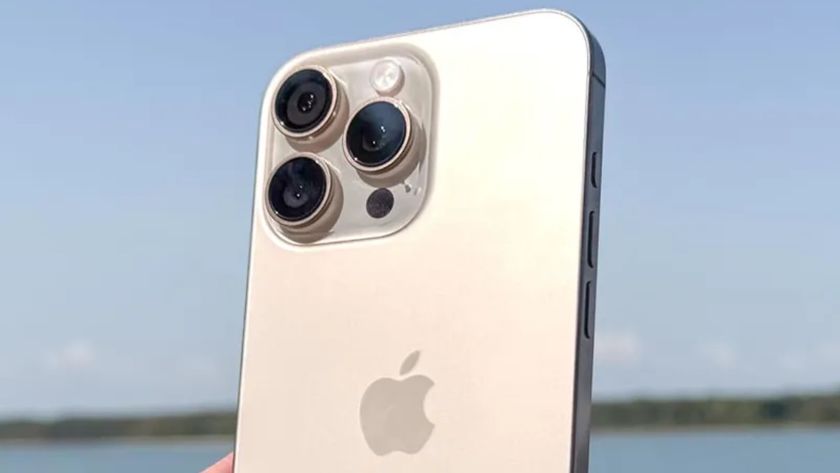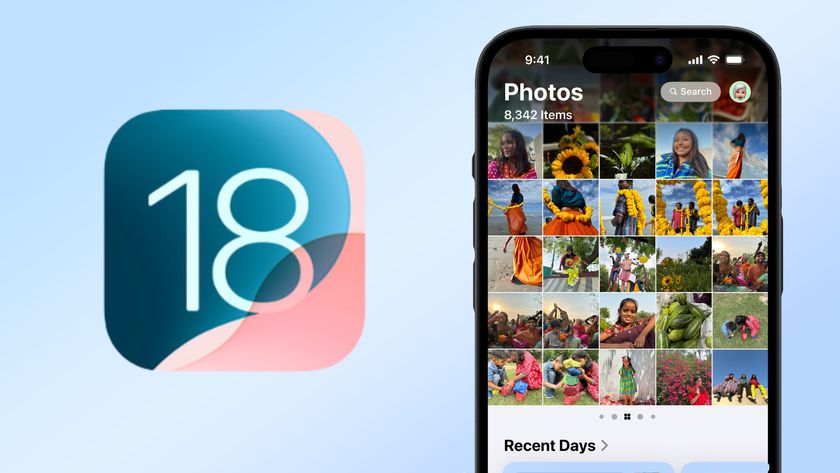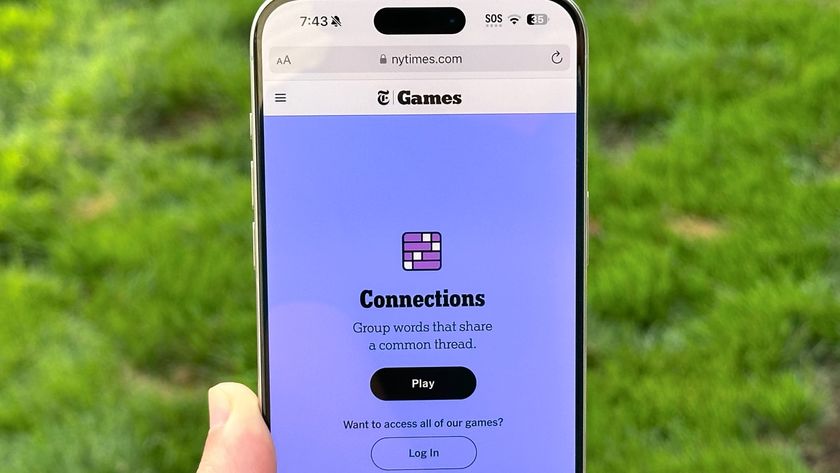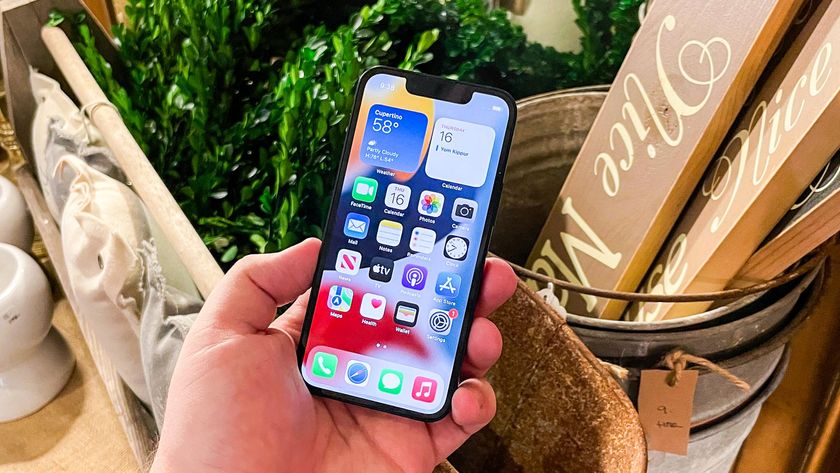There’s a compelling new reason to skip the iPhone 14
Early Snapdragon 8 Gen 2 benchmarks suggest Apple's entry-level phone is losing its edge
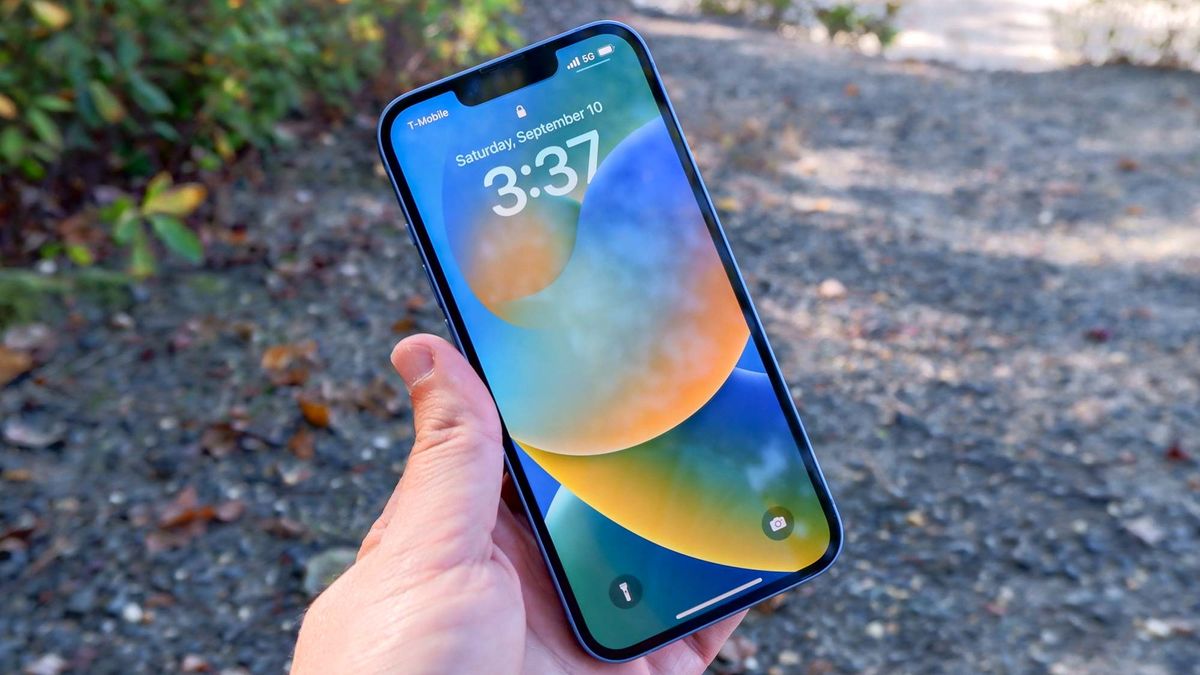
It's no secret by now that Apple lavished most of its love and attention on the iPhone 14 Pro models with this year's iPhone updates. But if you're still agonizing over an iPhone 14 vs. iPhone 14 Pro decision, you just got another push toward the Pro phone from a very unlikely source — Qualcomm and its latest system on chip.
Qualcomm doesn't make chipsets for the iPhone, of course, but Snapdragon silicon does power many of the iPhone's chief rivals, including Samsung's Galaxy S series. And now that we've seen the Snapdragon 8 Gen 2, we have a better idea of what kind of chipset is going to power next year's Galaxy S23 phones, assuming Samsung uses the new Qualcomm offering as is widely expected.

Specifically, our initial Snapdragon 8 Gen 2 benchmarks suggest that Qualcomm's new silicon can outperform the A15 Bionic chipset that powers the iPhone 14 and iPhone 14 Plus. A test device running on the Snapdragon 8 Gen 2 posted better numbers than the iPhone 14 in every test we ran, save for our timed video editing test using Adobe Premiere Rush. And even there, the iPhone 14 only finished 9 seconds ahead of the Snapdragon 8 Gen 2 device, as opposed to the 19-second gap between Apple's phone and the Snapdragon 8 Gen 1-powered Galaxy S22.
| Row 0 - Cell 0 | Snapdragon 8 Gen 2 test device | iPhone 14 (A15 Bionic) | iPhone 14 Pro Max (A16 Bionic) |
| Geekbench single-core test score | 1,500 | 1,727 | 1,882 |
| Geekbench multicore test score | 5,249 | 4,533 | 5,333 |
| Wild Life Unlimited test score (FPS) | 84 | 69.1 | 74 |
| Video transcode time (Mins:Secs) | 0:37 | 0:28 | 0:30 |
That's a fairly significant development. Assuming those numbers are a good indicator of what a Galaxy S23 running on the new Snapdragon silicon can do, it's going to be the first time since Apple started designing its own mobile chips that one of the latest iPhones doesn't outmuscle a leading Android device.
It's not entirely bad news for Apple. The A16 Bionic found in the iPhone 14 Pro and iPhone 14 Pro Max continues to enjoy a performance edge over what we saw from the Snapdragon 8 Gen 2, though the gap is obviously closing. And on many of the graphics tests we ran, the Snapdragon-powered device actually fared better.
Apple's split decision
While reviewing the Snapdragon 8 Gen 2 numbers, I couldn't help but think of Apple's decision to use different processors on the new phones it released this year — the first time that ever happened. While the A16 powering the Pro models is brand new, the iPhone 14's A15 Bionic chipset is a holdover from the one used in last year's iPhone 13 Pro models. (Both the Pro and standard versions of the iPhone 13 used the A15 Bionic, but the chipset in the Pro and Pro Max models had an extra core in its GPU.)
Apple's never officially given a reason for its chipset split with the iPhone 14 models, but it's logical to assume the company is looking to differentiate between it assorted flagships. Whereas the only thing separating the standard iPhone from the Pro models in the past was a telephoto lens on the latter handsets, the iPhone 14 and iPhone 14 Pro are more distinct. The new Pro phones not only have the better chipset, but a more powerful main camera, fast refreshing displays and a modified design that does away with the notch in favor of the Dynamic Island feature.
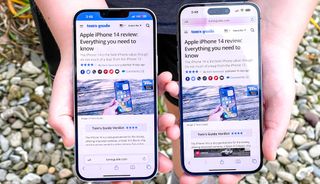
You'd be hard-pressed to call Apple's effort to distinguish its phones a mistake. While Apple doesn't break down sales by phone model, early reports suggest that there's more interest among shoppers for the more expensive Pro versions — a trend that's only going to help Apple's bottom line should that translate into actual sales.
Put another way, Apple is basically telling shoppers that if they want the best the iPhone has to offer, they'll need to pay at least $999 for an iPhone 14 Pro. If that figure's too high, well, there's always the $799 iPhone 14, even if its specs aren't as impressive. And for some people, the lure of a lower price might be worth it.
The road ahead for the iPhone
The early results we've seen from the Snapdragon 8 Gen 2 change that calculus a little bit, though. Before, you were giving up some high-profile features for a more affordable iPhone that still could outperform most Android devices. But once Snapdragon 8 Gen 2-powered phones start showing up, you're going to see phones that match if not exceed the iPhone 14's performance — and for about the same price should Samsung wind up charging $799 for the entry-level Galaxy S23.
Admittedly, benchmarks aren't everything when it comes to whether a phone is worth your time or not. Lack of a telephoto lens aside, the iPhone 14 still boasts some excellent cameras, and if you like a big screen device, the iPhone 14 Plus gives you 6.7 inches of screen real estate plus a long-lasting battery to boot. There are reasons to still get either of those phones, even if they're going to have Snapdragon 8 Gen 2-powered devices breathing down their necks soon enough.
But going forward, Apple's going to have to find a way to maintain interest in its entry-level flagships, especially if as expected, it winds up using the A16 Bionic in next year's iPhone 15 while reserving any new chipset for its Pro models, like the rumored iPhone 15 Ultra. Apple's Pro phones remain as compelling as ever, but as the Snapdragon 8 Gen 2 results indicate, the base model iPhones are going to hae to work harder to keep their edge.
Sign up to get the BEST of Tom's Guide direct to your inbox.
Get instant access to breaking news, the hottest reviews, great deals and helpful tips.
Philip Michaels is a Managing Editor at Tom's Guide. He's been covering personal technology since 1999 and was in the building when Steve Jobs showed off the iPhone for the first time. He's been evaluating smartphones since that first iPhone debuted in 2007, and he's been following phone carriers and smartphone plans since 2015. He has strong opinions about Apple, the Oakland Athletics, old movies and proper butchery techniques. Follow him at @PhilipMichaels.

